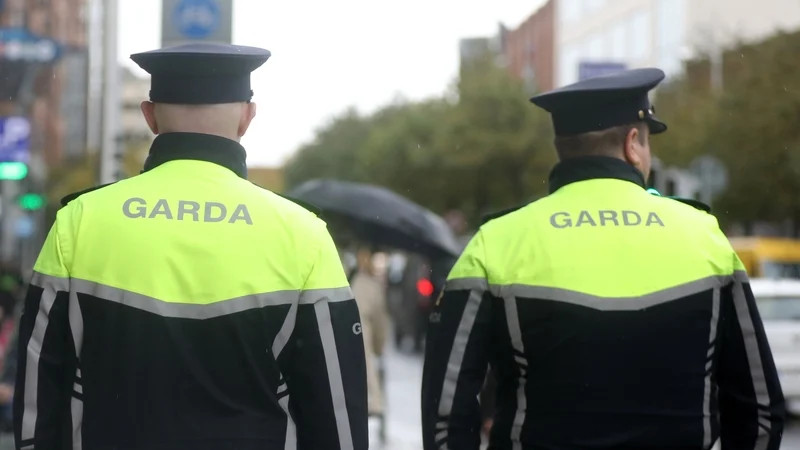New research indicates that students have issues with the semi-colon and usage in writing down nearly 50% in 20 years
How often do you use the semi-colon – and are you using it correctly? A recent survey found that most students don’t know how to use it, with usage in writing down nearly 50% in just two decades. Dr Elaine Vaughan is Associate Professor in the School of Modern Languages & Applied Linguistics at the University of Limerick and she joined the Drivetime show on RTÉ Radio 1 to discuss this grammatical emergency. (This piece includes excerpts from the conversation which have been edited for length and clarity – you can hear the discussion in full below from 2.17.30).
So what exactly is a semi-colon and what is it used for? “Visually, it’s a full stop on top of a comma”, explains Vaughan, “and it’s what we used to use in the early days of text to make a winky face. There are a couple of different uses for it but, generally speaking, it separates two ideas, two fully complete ideas or clauses, independent clauses, but it shows a connection between them.
“For example, let’s say I’m writing this idea ‘her obsession with organising the cutlery drawer increased; her relationship with her husband suffered’. Now, obviously they’re two independent sentences, but putting the semicolon in there suggests that there’s a connection between them. That’s the general idea. There’s some other uses as well, such as in bulleted items in a vertical list where a semicolon is used at the end of each item and then a full stop at the end. The idea is that it’s showing a pause and there’s a connection.”
Vaughan says use of semi-colons may be changing because of how and where we write. “We’re using different forms of communication and even different forms of writing. If I’m writing a text message, my text message looks a particular way. If I’m writing an academic essay or article, then my writing looks a different way.
If you look up what language experts will say, semicolons are often indicative of longer sentences in writing
“We have these different choices so I think potentially people may be using hyphens where they’re showing a connection between things, but sometimes hyphens are used to sort of bracket something off as well.
Vaughan says one interesting thing about the research is that it reflects the use of longer shorter sentences. “If you look up what language experts will say, semicolons are often indicative of longer sentences in writing. Depending on the style of writing you’re looking at, you might be looking at longer shorter sentences.
“Students actually do use semicolons, say in first year writing. Some of them use them absolutely accurately. Some of them don’t use them quite accurately, so maybe they use them where a colon was required or even a full stop, but they use them more confidently over time. A colleague was talking about research their PhD student carried out and that’s one of the incidental findings that yes, students do use them, they use them in their writing, but they use them more confidently the more confident with writing they become, which makes sense.”
It’s a matter of what it is that you want to communicate and what it is that you want to say
Vaughan says the use or non-use of the semi-colon often raises the spectre of the grammar police. “I think this brings up a really important point about grammar and usage. I’m not the grammar police in my job. I observe, I describe, I look at how language is used in different contexts and I try to look for patterns.
“Of course, we often think of grammar as kind of standardised conventions. What do most people do? I think that people aren’t necessarily as confident when they’re asked questions like ‘how do you properly use this semi-colon?’ is because we don’t often learn this directly. But it’s never hard and fast, even though people would like it to be that way. It’s a matter of what it is that you want to communicate and what it is that you want to say.”













